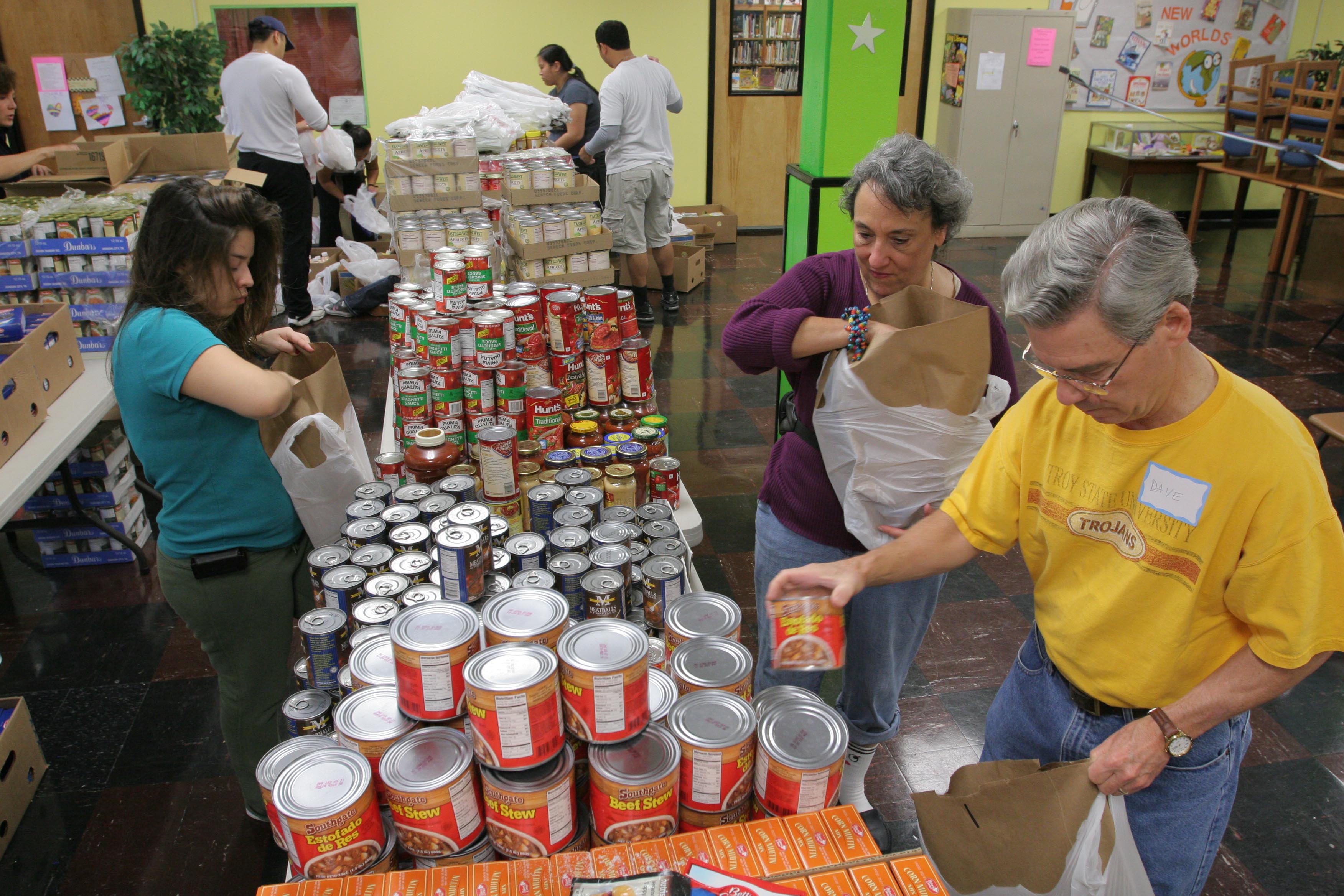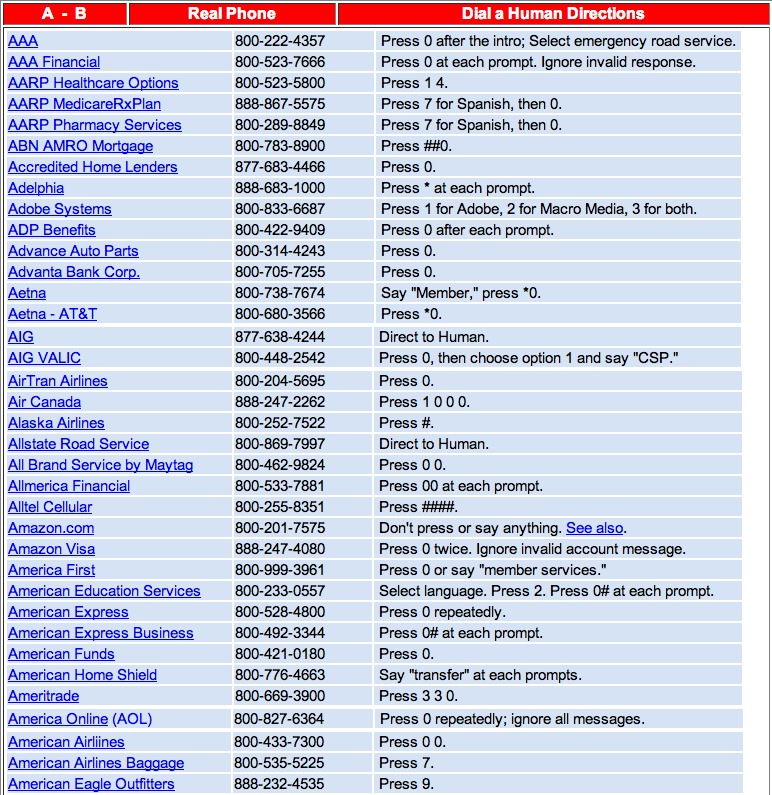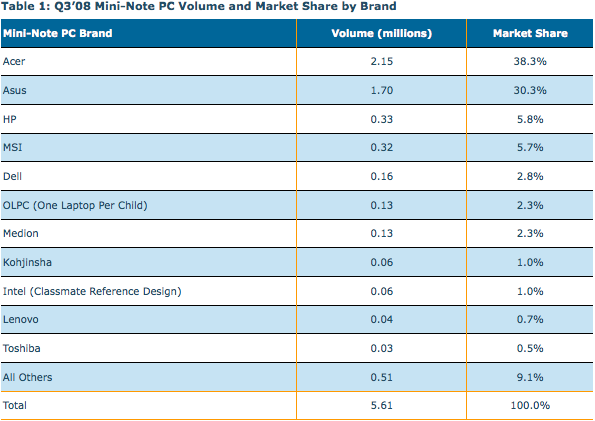We wrote earlier about the Apple store design for Georgetown being rejected. The Washington Post writes that it just happened again:
An architectural review board yesterday ordered Apple to redraw plans for a store in Georgetown, the fourth time it has rejected the company’s submission.
The Old Georgetown Board told Apple’s architect that it is eager for the store to open on Wisconsin Avenue. But the three members, all architects, expressed disappointment that Apple keeps proposing a design that they have criticized.
In the latest rendering, Apple proposed a storefront that is a 35-foot-wide pane of glass with a door. During previous rounds, the board said that was inconsistent with neighboring properties’ detailing and bay windows. “We’re frustrated a little bit because we haven’t gotten a response to our fairly consistent request,” board member David Cox told Apple’s architect, Karl Backus.
Backus assured the board that Apple is not “purposefully ignoring your suggestions,” although he noted that a glass expanse is standard for many of the company’s storefronts, symbolizing its belief in transparency. Still, he said he would return with a new design proposal that would incorporate the board’s suggestions.
Apple’s struggles to win the board’s support have fueled concerns among merchants and city officials over how long the company is taking to open a store that it began planning at least two years ago.
Neil O. Albert, deputy mayor for planning and economic development, said in a statement that “we’re extremely disappointed with today’s decision.”
“The community and the Fenty administration are very supportive of this retailer opening its Georgetown store,” he said. “I’ll move quickly to convene separate meetings with the Old Georgetown Board and Apple representatives to reach a consensus design.”
Amy Bessette, an Apple spokeswoman, said in an e-mail that the company remains committed to “bringing the unique Apple retail experience to Georgetown.”
In 2007, Apple paid more than $13 million for the three-story building on Wisconsin Avenue. The building is 24 years old but it is within a historic district with buildings more than 100 years old.
ad_iconApple plans to raze the building and put up a store, joining 251 retail outlets it has around the world, including five in the Maryland and Virginia suburbs.
But first it must win the approval of the Old Georgetown Board, which is overseen by the U.S. Commission of Fine Arts.
Apple submitted its first renderings to the board in September 2007, a two-story building with five windows across the second floor and an expansive show window. The board told Apple that the ground-floor window was out of scale with neighboring storefronts.
After the Old Georgetown Board asked for revisions, Apple returned with two more modern versions, and both were rejected.
The renderings the company displayed yesterday were largely indistinguishable from the first round.
At yesterday’s hearing, Stephen J. Vanze, an Old Georgetown Board member, told Apple’s representatives that he was feeling pressure at home to approve Apple’s plans.
“My daughter said, ‘We better get an Apple store in Georgetown,’ and I better make her happy,” he said.
But Vanze reminded the audience that the board’s sole mission is to “review design issues.”
“For us to do our job, we need to protect the street,” he told Apple’s architect. “We want to help you do this. Again, we ask you to modulate the glass.”
After the meeting, Backus said he hoped to return with a new design next month. “We don’t want to drag this out further,” he said.
While the District of Columbia still has no Apple stores, there are many Apple stores in the D.C. metro area in nearby Virginia (two stores in Arlington, one in Fairfax, and one in McLean, VA) and Maryland (two stores in Bethesda and one in Columbia, MD).



 Our current favorite small netbook, the Acer Aspire One, is now the #1 selling netbook according to 3Q sales numbers as reported by
Our current favorite small netbook, the Acer Aspire One, is now the #1 selling netbook according to 3Q sales numbers as reported by 